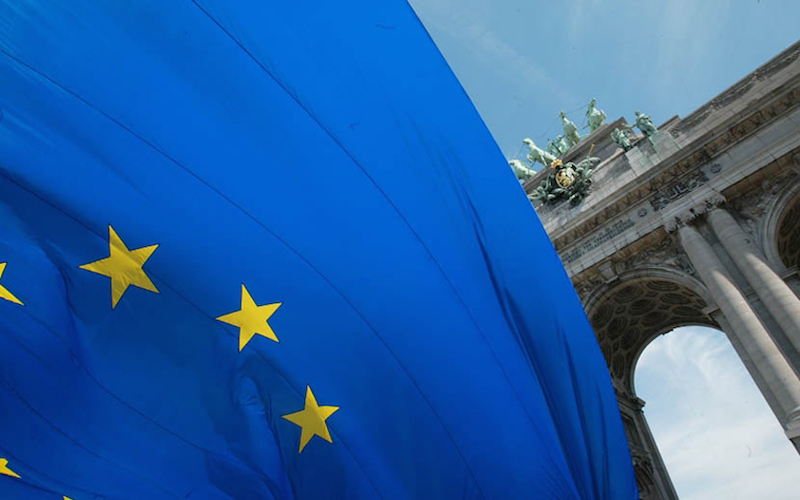
Time for Europe to Stand
Several decades following the rise of the European Union, questions still linger concerning the military role of the European supranational organization. The gross domestic product of the EU is second to that only of the United States. Yet, there have only been talks, plans and rough arrangements of coordination, usually though NATO. There is no great European army. Most countries that had armies before joining the EU have not changed. This has large implications both in the further integration of the EU and internal fiscal debates within EU member countries. The topic of a true Common Security and Defense Policy (CSDP) can still be reduced to the more debated question of a “more or less Europe.”
The primary question of the military future of the EU member states can be resolved with more or less implementation and involvement from Brussels. First, there is the pro-EU oriented plan which sees a traditional military based in Brussels or other EU locale. This is probably the preference of those who favor a strong Brussels. The alternative is based on the traditional sovereignty of member states. This would rely on a system of bilateral or multilateral treaties between countries negotiated by their capitals. While providing for security, these agreements could create factionalism within the Union. This is something that is counter to the principles at the very heart of the European experiment.
The perfect scenario for a unified EU security force for those who are pro-EU is for there to be military control over the militaries of all of Europe resting in the hands of an EU Supreme Commander. This would make the EU a world actor in security, a role that they have collectively failed to fill so far.
This would be a large step for member countries, as they would sacrifice one of the primary aspects of sovereignty: their own national security. It would place European security and Union interests in a position of supremacy over that of its member states. Another aspect of this plan is economic.
Most countries in the Union currently have an army, a navy and an air force. There is a significant overlap of resources, hardware and trained military personnel. Most countries have the same types of armies and the same types of air forces. Consolidating authority and coordinating resources could allow member states to either maintain their relatively low levels of military spending or reduce military expenditures further. Some countries would contribute planes and pilots to a larger EU air force. Other countries would piece together an EU naval force. Countries with armies could contribute certain numbers of ground forces for a new EU army. This notion is reasonably terrifying to those who are already critics of Brussels and a stronger Union. Some of these fears could be assuaged by each country maintaining a small civilian reserve component much like that of Switzerland.
An EU military plan more based on traditional sovereignty is possible. The capitols of Europe would retain control of their militaries and, instead, broker bilateral and multilateral agreements with one another. It could form military cooperatives within certain regions. These arrangements are logical in a few ways. First, they could ease the fiscal pressure of military spending much like the aforementioned Brussels-based model. Second, countries in the same region often share the same threats. This seems counter to the notion of a European Union. The blocks that form might seem reminiscent of pre-WWI Europe. It is, however, important to note that EU-sanctioned factions like these already exist.
A more regional approach to security and military plans within the EU allows for a variety of operational benefits. First, the true nature of threat can vary a great deal from region to region. Nordic countries have substantial coastline. Naval forces are an obvious area of security that Scandinavian countries could cooperate. The Baltic countries face multiple threats: ground, air and sea attacks. Second, consensus building among the different regional partners would be more efficient and allow for timely decisions. Most citizens of the Baltics would agree that it doesn’t make sense for any of their countries to wait on Brussels to make decisions about their security. Third, these smaller arrangements could be used by Brussels for faster more reliable intelligence if military conflicts erupt. While not within the purest form of EU integration, the use of state to state cooperation is far more pragmatic.
The issue of the CSDP is part of a larger argument over traditional sovereignty and further EU integration. Time marches on and the debate of the topic of Europe’s role in security continues. Time, however, might be running out. The military moves by Putin should be putting the capitols of Europe on notice. So far, EU member states have largely benefitted from the European experiment. They have had to do little to provide security and stability for the new systems of trade and commerce the EU charter provides. They remain dependent on NATO, which is code for the United States. While the U.S. readily considers and commits to aiding in the stability of the region, it demands the question: isn’t it about time Europe finally and fully stands on its own?

